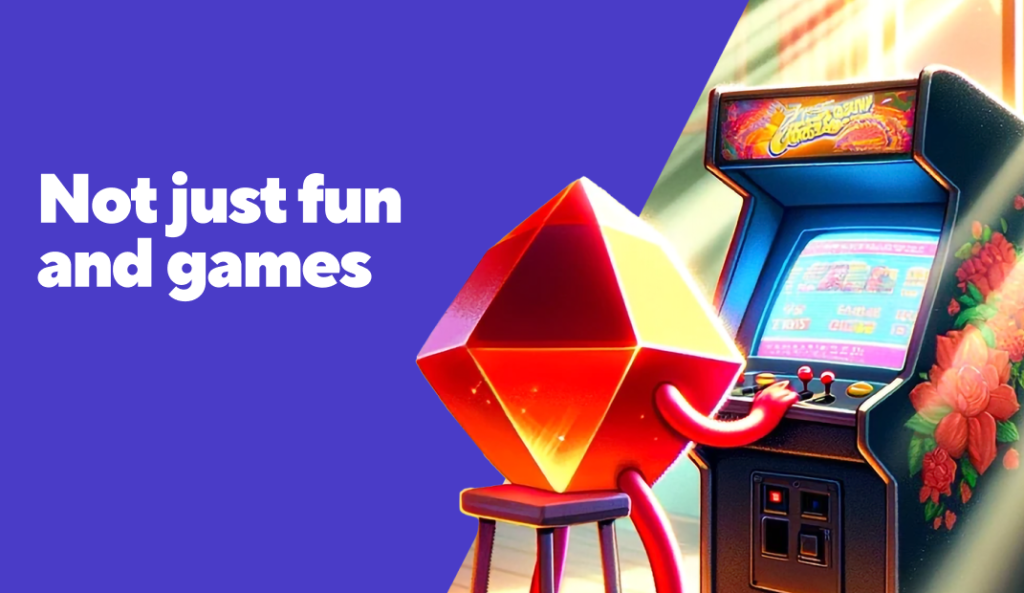Why mobile game / app marketing is so important
It’s no secret that even a top 10 grossing mobile game / app needs marketing. Getting a game’s name out there is just as important as building it, especially for smaller / indie game developers.
While word of mouth is the most trusted and effective form of marketing, using this as a primary driver for installs will likely not yield results unless you have a ‘plan’ to go viral. Even then, planning to go viral will not work in most cases, especially within a market as saturated as mobile gaming.
Therefore, the importance of both paid and organic marketing efforts are needed to ensure your game gets the recognition it deserves. It’s worth noting that just because you set out to market a game, it doesn’t mean you have to spend thousands on promoting it (although having a big budget helps).
Paid vs organic mobile game / app marketing
Paid marketing involves using ad networks (such as Meta and Google UAC) to promote your game. Typically, we find that using multiple networks and constantly testing a variety of creative options on different audiences helps create an optimal channel mix that delivers the best performance (ROAS). This is also a great way to generate traffic to your game quickly with players of your desired targeting.
Organic marketing is where many often miss the ‘low hanging fruit’. This could be optimizing your game for the App Store (ASO), using social channels such as Discord and Twitter to establish a persona for your game, or posting content on your website.
Organic marketing tends to be more time-consuming and can be difficult for smaller developers. Not only this but it can often be many months before marketers begin to see results.
Paid marketing, whilst effective, can be a money pit, especially since Apple’s ATT privacy changes. Many marketers are uncertain of what their best creatives actually are given the lack of data available from Apple’s SKAN / SKAdNetwork.
Want us to manage your game?
Let us manage your game to greatness for share of uplift, with no upfront cost. Talk to us today if that sounds like a good fit for you
How to create a mobile game / app marketing strategy
The best kind of marketing strategy will always have a combination of paid and organic channels. You can break this down into the following segments:
- Identify who your target audience is – You can use previous campaigns, or if there aren’t any then start broad and narrow it down. Be sure to always use a testing budget.
- Choose the right marketing channels – i.e. Having a good combination of organic and paid options.
- Define your KPIs – Keeping a constant eye on your most critical KPIs is key and allows more strategic decision making.
- Focus on high-quality creative – Trying a plethora of different creative options such as video ads and playable ads to see which yield the best ROI.
- Analyze and optimize your campaigns – Frequently monitor and assess each creative option / campaign for optimal performance.If you’d like more detail on how to create a marketing strategy for your mobile game / app, click here.
Measuring marketing results post-IDFA
Measuring marketing results post-IDFA
has been an uphill challenge for many mobile game / app marketers. As previously mentioned, the SKAN data presented to developers is too vague to make use of. Attribution accuracy is around 20% and so many developers have opted to cut marketing spend while they seek other means of campaign measurement.
Unfortunately, MMPs only offer a small piece of the actual data picture and even then, developers often need an in-house data team to make full use of what’s presented. SKAN data works best (but still poorly) when campaigns are consolidated into larger data sets.
This impacts developers twofold: smaller developers with smaller budgets suffer, whilst even the larger developers with larger budgets cannot afford to properly test their campaigns due to the need for consolidated data sets. Essentially, hyper-targeting is just not possible anymore and as a result, ROAS is lowering and CPIs are increasing across the industry.
How SuperScale can help with marketing for your mobile game
What separates SuperScale from a traditional marketing agency is data. We started off as an analytics company and therefore data is at the core of everything we do. Our powerful ROAS predictions and LTV forecasting model means we can be confident in our testing and allocate budget to the ‘actual’ best-performing creatives.
With our Self-publishing services, there is no need to increase headcount or use more resources internally. We handle everything from producing high-quality 2D, 3D and video creatives, to campaign strategy creation, LTV growth and reporting.





